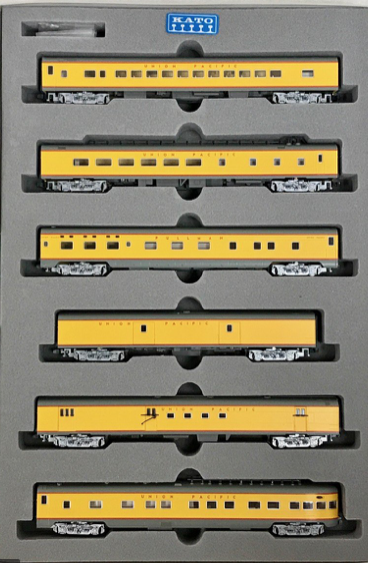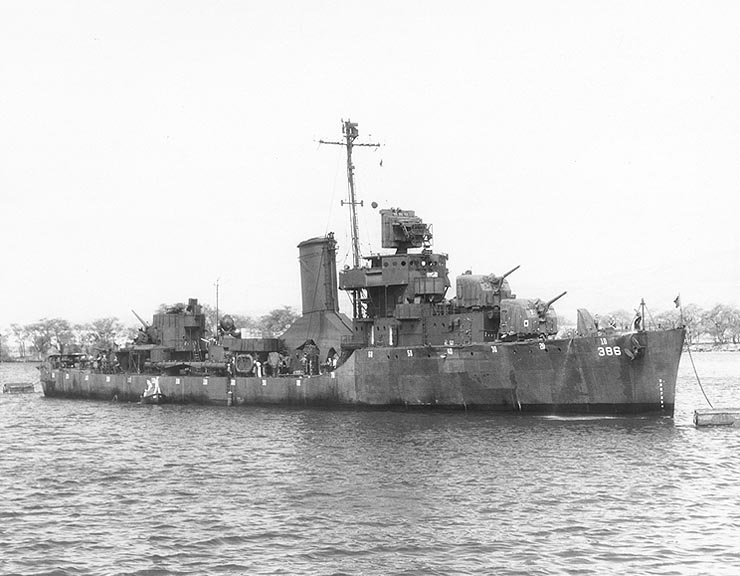History: The Class EF57 (EF57形) of 2-C+C-2 wheel arrangement DC electric locomotives was a development of the previous JNR Class EF56. 15 Class EF57s were built between 1939 and 1943 by Hitachi and Kawasaki.
Introduced on Tokaido Line passenger services, they were seen at the head of expresses such as the Tsubame, complete with train headboard mounted precariously on the front of the cab decks. With the introduction of the newer semi-streamlined Class EF58s on Tokaido Line services, the EF57s were transferred to the Tohoku Main Line. At the same time, their steam-heating boilers were removed and replaced by electric-heating generators.
The class remained in use on long-distance express trains on the Tohoku Main Line until the 1970s. From Wikipedia
Introduced on Tokaido Line passenger services, they were seen at the head of expresses such as the Tsubame, complete with train headboard mounted precariously on the front of the cab decks. With the introduction of the newer semi-streamlined Class EF58s on Tokaido Line services, the EF57s were transferred to the Tohoku Main Line. At the same time, their steam-heating boilers were removed and replaced by electric-heating generators.
The class remained in use on long-distance express trains on the Tohoku Main Line until the 1970s. From Wikipedia
Railroad/Company: Kawasaki Heavy Industries Ltd. (KHI) (川崎重工業株式会社 Kawasaki Jūkōgyō Kabushiki-gaisha) /kaʊ.əˈsɑːki/ is a Japanese public multinational corporation primarily known as a manufacturer of motorcycles, heavy equipment, aerospace and defense equipment, rolling stock and ships. It is also active in the production of industrial robots, gas turbines, boilers and other industrial products. The company is named after its founder Shōzō Kawasaki, and has dual headquarters in Chūō-ku, Kobe and Minato, Tokyo.
KHI is known as one of the three major heavy industrial manufacturers of Japan, alongside Mitsubishi Heavy Industries and IHI. Prior to World War II, KHI was part of the Kobe Kawasaki zaibatsu, which included Kawasaki Steel and Kawasaki Kisen. After the war, KHI became part of the DKB Group (keiretsu).
From Wikipedia
KHI is known as one of the three major heavy industrial manufacturers of Japan, alongside Mitsubishi Heavy Industries and IHI. Prior to World War II, KHI was part of the Kobe Kawasaki zaibatsu, which included Kawasaki Steel and Kawasaki Kisen. After the war, KHI became part of the DKB Group (keiretsu).
From Wikipedia
Item created by: CNW400 on 2021-05-16 18:11:09. Last edited by Alain LM on 2022-02-10 07:51:20
If you see errors or missing data in this entry, please feel free to log in and edit it. Anyone with a Gmail account can log in instantly.
If you see errors or missing data in this entry, please feel free to log in and edit it. Anyone with a Gmail account can log in instantly.








